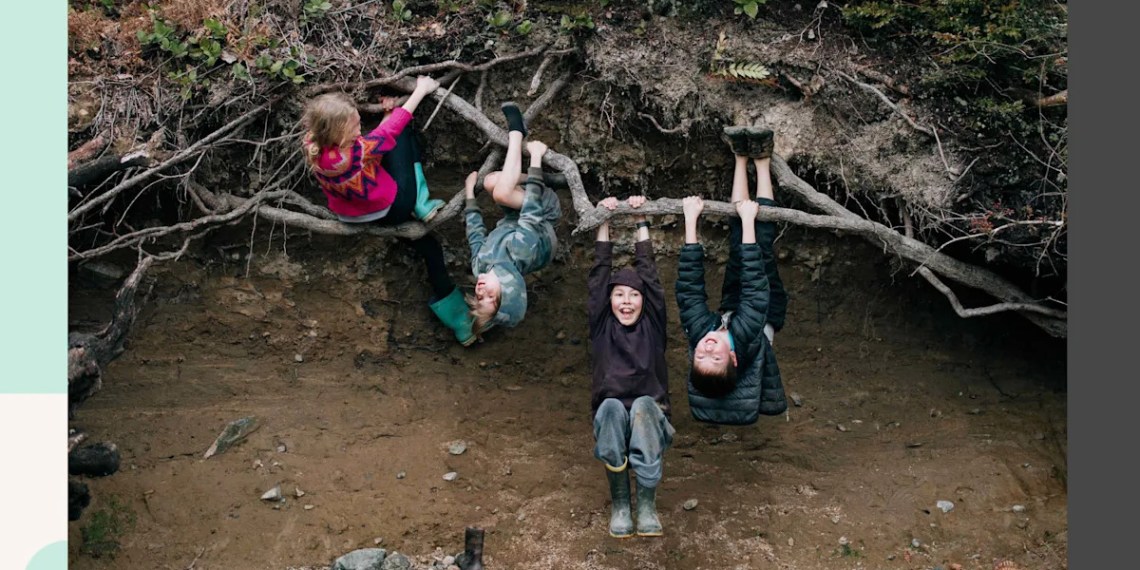Childhood in the 1990s and early 2000s unfolded in a world vastly different from today. Before the internet became a constant presence and streaming services replaced cable TV, children experienced a different kind of freedom. For many, summer days were spent on bikes, exploring the neighborhood with a level of independence that has become rare.
Technology and evolving parenting norms have since reshaped childhood. Modern life is more scheduled and supervised, leaving less room for the boredom that once sparked creativity. While millennials often recall their upbringing with fondness, many common activities from that era would be viewed with concern by today’s standards. Here is a look back at some of the daring, and occasionally dangerous, hallmarks of a ’90s and ’00s childhood.
Hazardous Playground Adventures
Modern playgrounds, with their emphasis on safety-rated materials and cushioned surfaces, stand in stark contrast to their predecessors. Playgrounds of the past were often constructed from metal and wood, which presented their own unique hazards. Metal slides could become scorching hot in the sun or slick with ice in the winter, while wooden structures were a constant source of splinters. Features like high, open platforms and fast-spinning merry-go-rounds offered a level of risk rarely seen today.
Unsupervised Neighborhood Exploration
Without cell phones or tracking devices, children in the ’90s and early ’00s had the freedom to roam their neighborhoods for hours on end. This “free-range” approach allowed for independent adventures and spontaneous play. While modern technology provides parents with valuable peace of mind, some argue that constant connectivity has diminished the opportunity for children to develop independence and problem-solving skills on their own.
Spontaneous Socializing
Before text messages and highly coordinated schedules, visiting a friend’s house unannounced was a common practice. Children would simply walk or bike over, knock on the door, and ask if their friend could play. This spontaneity has largely been replaced by a more formal process of planning playdates, marking a significant shift in how children socialize.
Improvised Indoor Thrill Rides
A rite of passage for many involved commandeering a laundry basket, cardboard box, or even a sleeping bag for a makeshift sled ride down a carpeted staircase. This indoor “sport,” while thrilling, was a classic example of children creating their own high-stakes entertainment with everyday household items.
Unrestricted Movie Nights
Sleepovers often became a venue for watching PG-13 or R-rated movies, a forbidden thrill in an era before robust parental controls on media. The shared experience of watching a film that felt slightly off-limits was a memorable part of growing up for many.
Questionable Toy Safety
Safety standards for toys were noticeably more lenient in previous decades. Many popular toys from the era, such as the ankle-twirling Skip-It, inflatable Sock ‘Em Boppers, and early projectile-based toys, carried risks that would likely prevent them from passing today’s stringent safety regulations. Similarly, P.E. class “scooters”—flat plastic squares on wheels—were notorious for causing collisions and crushed fingers.
A Diet of Novelty Snacks and Sugary Drinks
The ’90s and ’00s were famous for brightly colored, highly processed snacks and drinks. Products like Surge soda, EZ Squirt colorful ketchup, and candy-laden granola bars were staples. These items, often packed with high-fructose corn syrup and artificial dyes, prioritized novelty and flavor over nutrition in a way that seems foreign in today’s health-conscious market.
Adventures in Off-Limits Areas
Childhood adventures often involved exploring places that would be considered unsafe today. Groups of friends might spend an afternoon walking along train tracks, playing in nearby woods, or exploring local construction sites. These unstructured excursions were driven by a sense of curiosity and a willingness to embrace a bit of risk.
The Dangers of the Backyard Trampoline
Backyard trampolines, often lacking the safety nets that are standard today, were hubs of high-risk invention. Children devised countless games, from dousing the surface with soap and water to create a slippery slide to attempting ambitious stunts. These trampolines were a source of endless fun but also a significant cause of injuries.
Questionable Amusement Park Rides
Rides at local fairs and smaller amusement parks sometimes felt precarious. Older equipment and less obvious safety protocols could add an unintended—and unsettling—layer of thrill to the experience, leaving riders to wonder just how secure they really were.
Unregulated “Screen Time”
Long before “screen time” became a primary parental concern, children could spend entire summer days engrossed in video games on consoles like the Nintendo 64 or watching hours of television without supervision. This unrestricted access to screens was a common reality for many, particularly when parents were at work.






